Learning how to set up a fishing rod hook and sinker is essential for any angler. Whether you’re fishing for fun or aiming to catch dinner, proper setup increases your chances of success. Without the right gear in place, your bait may not reach the right depth. It could drift away or tangle easily. That’s why understanding how to set up a fishing rod hook and sinker matters. This guide breaks down the process into clear, simple steps. It covers tools, knot types, and common mistakes to avoid.
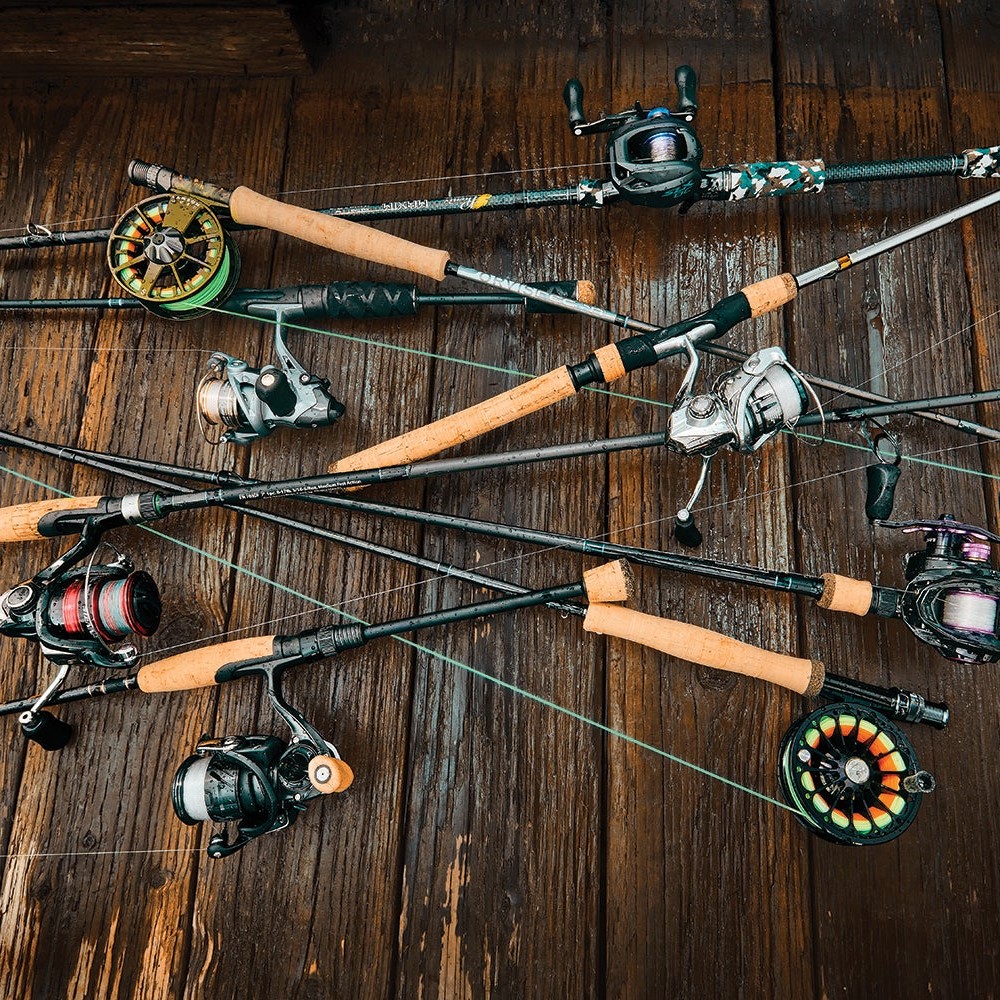 Essential Tools and Equipment Needed
Essential Tools and Equipment Needed
To set up a fishing rod with a hook and sinker, having the right equipment is crucial. Selecting the appropriate tools ensures a smoother fishing experience and boosts your chances of success. Below, we’ll cover the essential components to get started.
Types of Fishing Rods and Reels
Start by choosing the right rod and reel combination. Fishing rods vary in length, material, and flexibility. Spinning rods work best for beginners due to their ease of use. Baitcasting rods are ideal for those seeking more precision and control.
Reels are equally important and come in types like spinning, baitcasting, and spincasting. Spinning reels are versatile and suitable for various fishing situations. For smaller fish or simple casting, spincast reels are a good choice. Match the reel to the rod for the best results.
Choosing the Right Fishing Line
Fishing lines come in three main types: monofilament, fluorocarbon, and braided. Monofilament lines are a great all-purpose choice. They are stretchy and user-friendly, making them suitable for most fishing conditions.
Fluorocarbon lines are nearly invisible underwater, making them ideal for clear waters. Braided lines are strong and durable, perfect for large fish or fishing in rocky areas. Select a line based on the type of fish and the fishing environment.
Selecting the Proper Hook and Sinker
Hooks are designed in various shapes and sizes to catch specific fish species. For beginners, use simple J-hooks or circle hooks that can handle a range of fish. Choose the size based on your target species—smaller hooks for smaller fish and larger hooks for bigger catches.
Sinkers weigh your line down, helping you reach your target depth. Types of sinkers include split shot, egg sinkers, and pyramid sinkers. For calm lakes, lighter sinkers work well. In rivers or ocean currents, use heavier sinkers to keep your bait steady. Always match the sinker’s weight to your fishing conditions and line strength.
By understanding these essential tools and making thoughtful choices, you’ll prepare yourself for a productive fishing trip.
Step-by-Step Guide to Assembling Your Fishing Rod
How to set up a fishing rod hook and sinker? Setting up your fishing rod correctly ensures better performance while fishing. Follow these steps carefully to get your rod ready for your next fishing adventure.
Attaching the Reel to the Rod
- Check the Compatibility: Ensure the reel matches the rod type and size.
- Position the Reel: Locate the reel seat on the rod.
- Place the Reel: Slide the reel foot into the reel seat slot.
- Secure the Reel: Tighten the locking mechanism evenly. Avoid overtightening to prevent damage.
- Test the Grip: Hold the rod and reel to check for comfortable handling.
Spooling the Line onto the Reel
- Choose the Right Line: Select a line that suits your fishing environment and target species.
- Thread the Line: Pass the line through each rod guide, starting from the tip.
- Tie to the Spool: Use a knot, such as an Arbor knot, to secure the line to the reel spool.
- Wind the Line: Slowly turn the reel handle to wind the line evenly onto the spool.
- Avoid Overfilling: Leave a small gap from the spool edge to prevent tangles during casting.
- Test the Reel: Pull the line lightly to ensure the spool tension is correct.
With these steps, your fishing rod will be ready to use. Ensure a sturdy setup to enhance your fishing experience.
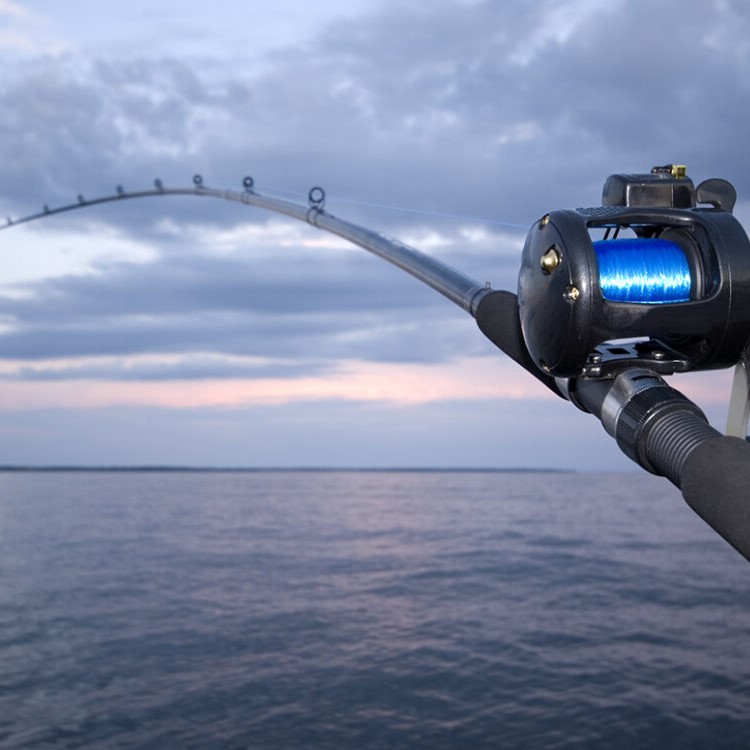 How to Tie Fishing Knots for Hooks and Sinkers
How to Tie Fishing Knots for Hooks and Sinkers
Correctly tying knots ensures your hook and sinker stay secure during fishing. Master some basic knots for a reliable setup.
Popular Knots for Hooks: Palomar, Improved Clinch, and Loop Knots
- Palomar Knot:
- Thread the line through the hook eye.
- Double back to create a loop.
- Tie a simple overhand knot around the loop.
- Pass the hook through the loop and tighten.
- This knot offers strength and is easy for beginners.
- Improved Clinch Knot:
- Pass the line through the hook eye and wrap it around itself 5-7 times.
- Thread the end back through the small loop near the eye.
- Pull tight to secure it.
- This is a durable and widely used knot.
- Loop Knot:
- Create a loop at the end of your fishing line.
- Thread the hook through the loop.
- Tie an overhand knot near the loop’s base.
- Tighten to allow your hook to move freely.
- This knot adds natural bait movement in the water.
Attaching a Sinker to Your Line
- Choose the Right Sinker:
- Select a sinker that matches the fishing depth and water conditions.
- Tie the Sinker:
- Use a basic knot like a Slip Knot to secure the sinker.
- Ensure it is placed ahead of the hook.
- Place a Stopper (if needed):
- Use a rubber stopper or a bead to keep the sinker in place.
- Test the Line:
- Apply light tension to the line to check the sinker’s hold.
By practicing these knots, you’ll ensure a strong, dependable fishing setup for your adventures.
Adjusting the Setup Based on Fishing Location
Fishing conditions vary greatly depending on the location. Adjust your fishing rod setup to match these conditions. This ensures your rig performs optimally, whether you’re fishing in rivers, lakes, or saltwater environments.
Setting Up for River Fishing
River fishing comes with unique challenges like currents and varying depths. Follow these tips to adapt:
- Choose a Strong Line: Use a braided or fluorocarbon line to withstand currents and hidden obstacles.
- Pick Heavy Sinkers: Egg sinkers or pyramid sinkers work best to anchor the line in moving water.
- Use Larger Hooks: Opt for slightly bigger hooks to handle larger fish species often found in rivers.
- Adjust the Depth: Add a sliding bobber to reach the right depth as rivers have uneven levels.
- Attach Stoppers: Use stoppers to control sinker movement for better bait presentation.
These adjustments ensure your tackle stays in place and your bait remains effective.
Adjusting the Setup for Saltwater Fishing
Saltwater fishing requires tackling powerful waves, strong currents, and tougher fish. Modify your setup as follows:
- Upgrade Your Rod: Select a saltwater-resistant rod built for strength and durability.
- Strong, Corrosion-Resistant Reel: Use reels with anti-corrosion features to withstand salty conditions.
- Thicker Line: Braided or fluorocarbon lines are ideal for handling large saltwater species.
- Heavy-Duty Hooks: Choose hooks designed for marine fishing, such as stainless steel circle hooks.
- Weight Adjustment: Use heavier sinkers to keep your rig stable in rough waters.
- Consider Fluorocarbon Leaders: These prevent fish from breaking the line and improve bait visibility.
Proper adjustments for saltwater scenarios improve your chances of landing a strong catch without damaging your gear.
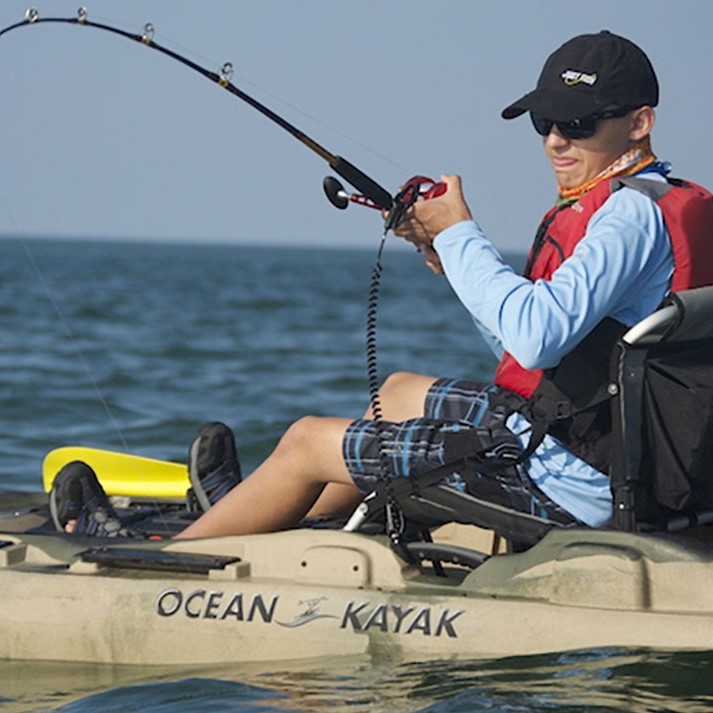 Common Mistakes When Setting Up a Fishing Rod
Common Mistakes When Setting Up a Fishing Rod
Setting up your fishing rod with a hook and sinker correctly can make a big difference. Avoid these common mistakes to improve your fishing experience.
Avoiding Line Tangles
Line tangles are a frequent problem, especially for beginners. Follow these tips to reduce tangles:
- Use the Right Amount of Line: Overloading the reel can lead to tangles when casting.
- Wind the Line Evenly: Ensure the line goes smoothly and evenly onto the reel spool.
- Check Line Guides: Pass the line through each rod guide carefully and in the correct order.
- Prevent Twists: Hold the line tight when spooling to avoid it twisting during casting.
- Use Quality Line: Old or damaged lines tend to tangle more frequently. Replace them if needed.
By taking these steps, you can cast more smoothly and keep tangles to a minimum.
Ensuring Proper Hook and Sinker Placement
Incorrect hook and sinker placement can reduce your fishing effectiveness. Here’s how to set them properly:
- Position the Sinker Correctly: Place the sinker near the hook but not too close. Maintain proper balance.
- Secure Your Hook: Tie your hook firmly using strong knots like the Palomar or Improved Clinch knot.
- Balance the Weight: Match the sinker weight to the line strength and water conditions.
- Add a Stopper: Use a bead or stopper to keep the sinker from sliding excessively on the line.
- Avoid Overcrowding: Don’t attach too many accessories near the hook, which can confuse fish.
By correctly securing your hook and sinker, your bait presentation will look more natural. This increases your chances of a successful catch.
Fishing Techniques to Optimize Your Setup
Mastering fishing techniques can significantly improve your chances of success. Proper casting and retrieving techniques are crucial for efficient fishing with a hook and sinker.
Casting with a Hook and Sinker
- Hold the Rod Firmly: Grip the rod with your dominant hand for better control.
- Open the Bail (for Spinning Reels): Flip the bail arm to release the line.
- Position the Line: Use your finger to hold the line against the rod.
- Backswing the Rod: Bring the rod backward gently to build momentum.
- Cast Forward Smoothly: Swing the rod forward and release the line at the right moment.
- Watch the Line: Allow the hook and sinker to reach the desired distance and depth.
- Close the Bail: Flip the bail arm back or engage the reel to secure the line.
Practice your casting technique to achieve accuracy and distance. Proper timing ensures smooth and effective casting.
Retrieving and Releasing Line Effectively
- Reel in Slowly: Turn the reel handle steadily to retrieve the line.
- Pause Occasionally: Stop reeling to allow your bait to move naturally in the water.
- Tighten the Line: Maintain slight tension to feel bites from fish.
- Avoid Over-reeling: Don’t retrieve the line all the way to your rod tip.
- Adjust Based on Depth: Reel faster or slower depending on the sinker’s position.
- Release the Line Gently: Loosen the drag slightly to avoid sudden line tension.
These techniques enhance your presentation and handling, increasing your success in catching fish.
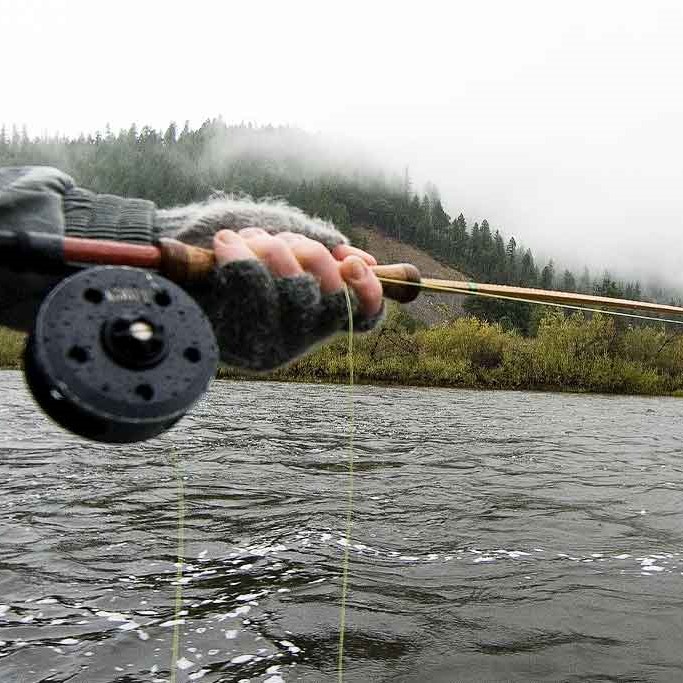 Maintenance Tips for Your Fishing Gear
Maintenance Tips for Your Fishing Gear
Proper maintenance ensures your fishing gear lasts longer and performs better. Regular care prevents damage and keeps your equipment ready for action.
Cleaning and Storing Your Rod and Reel
- Rinse After Each Use: Wash rods and reels with fresh water to remove dirt and salt.
- Dry Thoroughly: Wipe your gear using a clean, soft cloth to prevent rust and corrosion.
- Use Reel Oil: Apply a light oil to moving parts to maintain smooth reel performance.
- Inspect the Rod Guides: Check for cracks or wear that might damage your fishing line.
- Disassemble When Needed: For long-term storage, remove reels and store the parts separately.
- Store in a Safe Place: Keep rods upright or in holders to avoid bending or breaking.
Checking Line and Knot Integrity Regularly
- Test for Weakness: Gently pull the line to check for cuts, frays, or weak spots.
- Replace Worn Lines: Always use strong, fresh lines for reliability.
- Inspect Knots: Check for loosening or slipping in key knots like the Palomar or Clinch.
- Retie Often: Retie your knots after catching fish or when changing hooks and sinkers.
- Examine Line Guides: Ensure no sharp edges damage the line during casting or retrieving.
- Keep Line Away from Sunlight: Store fishing line in dark, cool places to avoid weakening from UV rays.
By following these maintenance steps, you can extend the life of your fishing gear and enjoy problem-free fishing trips every time.
Frequently Asked Questions About How to Set Up a Fishing Rod Hook and Sinker
Q: How far should the sinker be from the hook?
Usually 18–36 inches. Adjust based on depth and current.
Q: Can I use the same hook for different fish?
Yes, but size and strength should match the species.
Q: What’s the easiest knot for beginners?
The improved clinch knot. It’s strong and simple.
Q: Do I need a swivel when setting up a sinker?
Yes, for egg or bank sinkers. It prevents line twist.
Q: Can I reuse split shot sinkers?
Yes. Remove them carefully. Avoid damaging the line.
Q: Should the hook point be exposed?
Yes. Covering it reduces hooking chances.
Q: How do I know if my knot is strong enough?
Pull hard on the hook. If it holds, it’s secure.
Q: Can I fish without a sinker?
Yes, in shallow water. But most setups need weight.
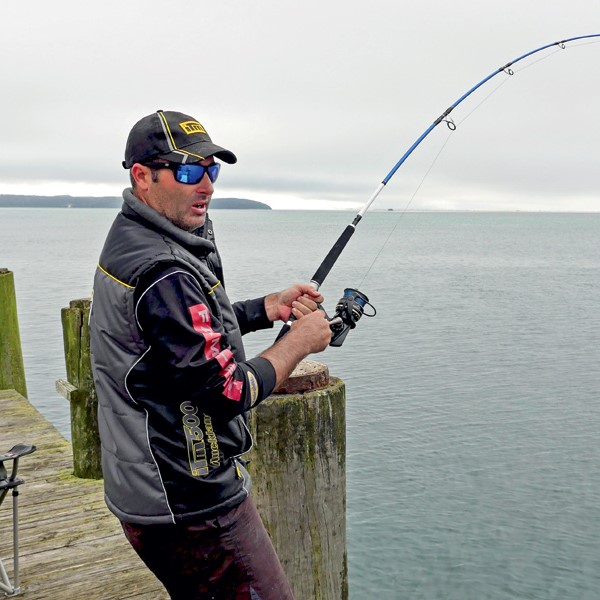 Final Thoughts: Mastering How to Set Up a Fishing Rod Hook and Sinker
Final Thoughts: Mastering How to Set Up a Fishing Rod Hook and Sinker
Learning how to set up a fishing rod hook and sinker is a fundamental skill. It opens the door to successful fishing. With the right tools, knots, and techniques, you can catch more fish. Each step matters. From choosing the hook to testing the cast, attention to detail pays off.
Also, practice builds confidence. Try setups at home. Test different sinkers and baits. Learn what works in your local waters.
Moreover, safety matters. Keep hooks away from children. Store gear properly.
Ultimately, fishing is about patience and preparation. A well-set rig saves time and frustration.
Whether you’re a beginner or refreshing your skills, mastering how to set up a fishing rod hook and sinker is worth the effort. It turns a simple rod into a powerful tool. So grab your gear, follow these steps, and enjoy the peace and thrill of fishing.